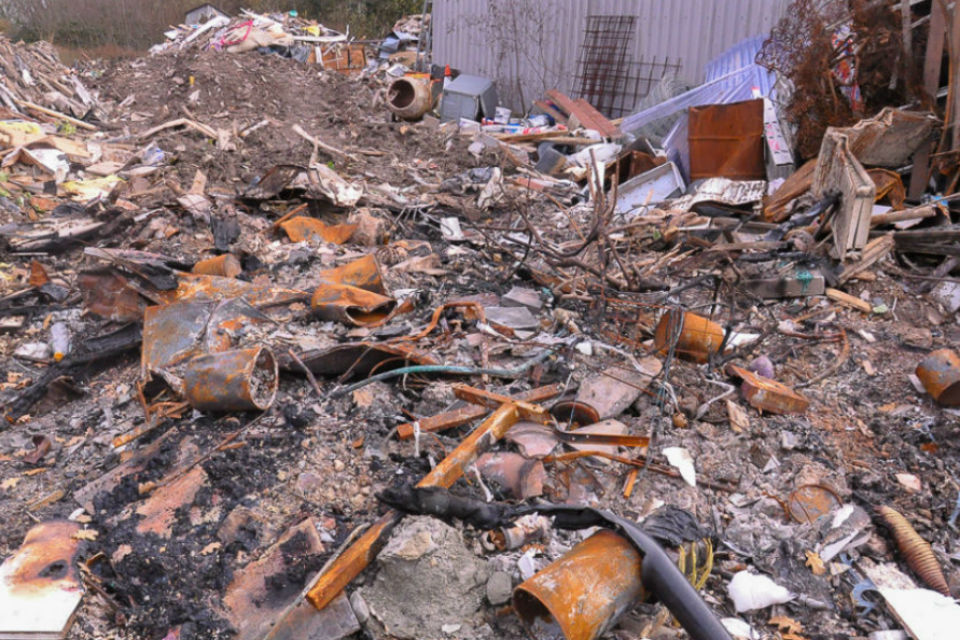Press release: Fishing licence money protecting fish from predatory birds
Local anglers at Wedgwood pools had been concerned that a number of Cormorants and Goosanders were eating the fish and leaving very little behind. The birds are protected under the Wildlife and Countryside Act 1981, so it was up to the Environment Agency to step in and protect the fish.
Last week saw the completion of 2 fish refuge ‘floating islands’ at Wedgwood pools, Barleston, Stoke on Trent. The islands allow fish cover from the birds, through the use of cages beneath the islands, allowing fish to swim in but not the birds.
Environment Agency Fisheries Technical Officer, Mick Buxton said:
This has been a really worthwhile project to be involved in. The Cormorants and Goosanders are having a significant impact on the recruitment of fish, so by introducing these islands, the fish have a greater opportunity to thrive.
There is a secondary benefit from the project too. The plants on the island will also help improve the water quality of the pool, because the plants feed off nutrients in the water and this reduces the risk of algal blooms.
The floating islands project was funded through the Fisheries Improvement Program, were the money is collected from anglers through rod licence sales.
An annual fishing licence costs just £30 and now lasts for 12 months from the day you buy it. Money from fishing licence sales is invested in England’s fisheries and is used to fund a wide range of projects to improve facilities for anglers including protecting stocks from illegal fishing, pollution and disease, restoring fish stocks through re-stocking, eradicating invasive species, and fish habitat improvements. Fishing licence money is also used to fund the Angling Trust to provide information about fishing, to encourage participation in the sport and to manage a voluntary bailiff scheme.
Children under 13 fish for free. Anyone aged 13 to 16 also fish for free, but do need to have a valid Environment Agency fishing licence. Anyone over 16 must pay for an Environment Agency fishing licence to fish for salmon, trout, freshwater fish, smelt or eel in England.
More information on fisheries and fishing licences, including how to buy your rod licence is available online.


